
KMLabs commercially introduces direct diode pumped Ti:sapphire ultrafast laser
source:LaserFocusWorld
release:Nick
keywords: Lasers; Ultrafast laser;
Time:2017-09-18
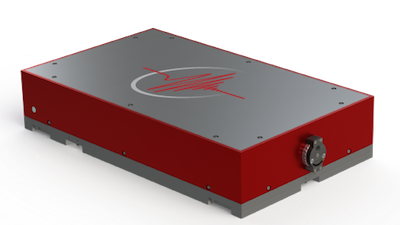
(Image: KMLabs)
After years of development, KMLabs has commercially introduced the first titanium: sapphire (Ti: sapphire) ultrafast laser oscillator directly pumped with blue-emitting laser diodes. Conventionally, Ti: sapphire lasers have been pumped with 532 nm (green) emitting frequency-doubled neodymium: YAG (Nd: YAG) lasers, or, more recently, smaller frequency-doubled vanadate lasers. Using direct diode pumping instead greatly reduces the cost of the Ti: sapphire laser oscillator system. In fact, KMLabs has found that it is now possible to pump a Ti: sapphire laser with a single inexpensive 4 W blue laser diode.
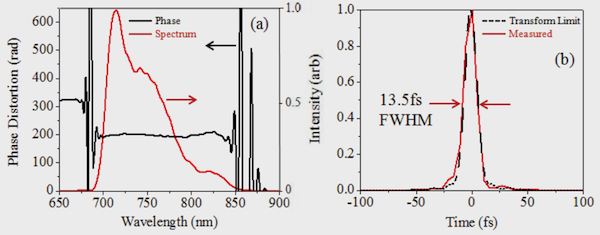
The new diode-pumped Ti:Sapphire laser, which KMLabs calls the Stryde Blue, is, according to the company, a "fully engineered and integrated commercial source based on a single rugged optomechanical platform, and eliminates the need for costly frequency-doubled vanadate pump lasers."

Stryde Blue spectrum and pulse duration (from product brochure)
According to KMLabs, the Stryde Blue characteristics include:
--pumped by a single integrated laser diode
--demonstrated long-term stability >500 hours of <0.5% RMS
--computer-controlled tuning of center wavelength and spectral bandwidth
--sub-15 fs pulses
--well-suited for standalone experiments, seeding of ultrafast laser amplifiers, or teaching labs
--beam quality M2 typically < 1.2
--150 mW avg. output power
--2 nJ pulse energy
--repetition rate 78 MHz
Applications include amplifier seeding, materials research, femtochemistry, spectroscopy, terahertz generation, ultrafast imaging, two-photon polymerization, and pump-probe experiments.
- RoboSense is to Produce the First Chinese Multi-beam LiDAR
- China is to Accelerate the Development of Laser Hardening Application
- Han’s Laser Buys Canadian Fiber Specialist CorActive
- SPI Lasers continues it expansion in China, appointing a dedicated Sales Director
- Laser Coating Removal Robot for Aircraft
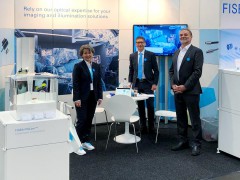 FISBA exhibits Customized Solutions for Minimally Invasive Medical Endoscopic Devices at COMPAMED in
FISBA exhibits Customized Solutions for Minimally Invasive Medical Endoscopic Devices at COMPAMED in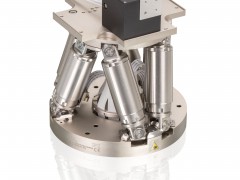 New Active Alignment System for the Coupling of Photonic Structures to Fiber Arrays
New Active Alignment System for the Coupling of Photonic Structures to Fiber Arrays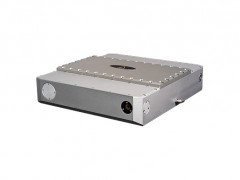 A new industrial compression module by Amplitude
A new industrial compression module by Amplitude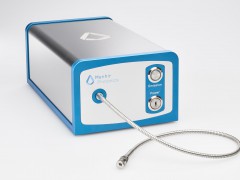 Menhir Photonics Introduces the MENHIR-1550 The Industry's First Turnkey Femtosecond Laser of
Menhir Photonics Introduces the MENHIR-1550 The Industry's First Turnkey Femtosecond Laser of Shenzhen DNE Laser introduced new generation D-FAST cutting machine (12000 W)
more>>
Shenzhen DNE Laser introduced new generation D-FAST cutting machine (12000 W)
more>>
